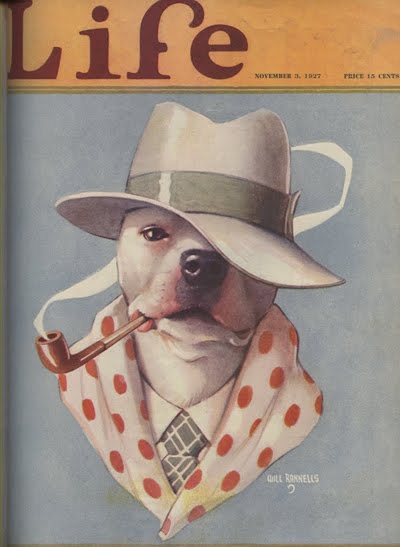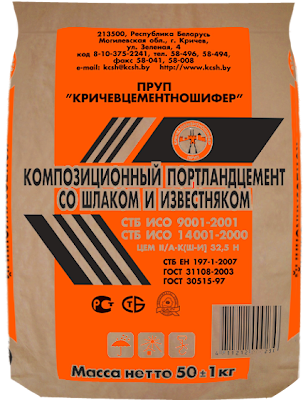
June is Bustin' Out All Over, from Roger and Hammerstein's Carousel, 1956.
Internet access here is very, very slow. Regular posts next week ...

 Section of Oceanic Flight 815 wreckage.
Section of Oceanic Flight 815 wreckage. Jack’s burgundy medical case
Jack’s burgundy medical case Hurley’s shirt-turned-fishing-net.
Hurley’s shirt-turned-fishing-net. Four scorched model Oceanic airplanes from Claire’s dream.
Four scorched model Oceanic airplanes from Claire’s dream. Geronimo Jackson LP.
Geronimo Jackson LP. Sawyer’s improvised reading glasses.
Sawyer’s improvised reading glasses. Sun’s broken glass ballerina.
Sun’s broken glass ballerina. DHARMA-branded peanuts.
DHARMA-branded peanuts.

Early on, Rannells found that his paintings of dogs set him apart from other artists. It is reported that he thought they were much better subjects than the beautiful girls he had previously been drawing. In fact, his first commercial success (at age 19) was a portrait of a collie that had previously been held in the arms of a girl. When he realized the dog was better off without the human figure, he painted the dog alone and sold it for $40. It later appeared on the June 1, 1912 cover of Country Gentleman. He went on to illustrate for the magazines Life, Judge and McCalls, as well as for a number of children's books.

Will Rannells became an art professor at The Ohio State University, where he taught painting and advertising design. He was active in the Humane Society and was known locally for his efforts to rescue stray animals and for his opposition to vivisection.”To truly acknowledge the dog days of summer you must head over to Newmanology and partake of, either as a participant or an observer The Newmanology Dog Days of Summer Dog Magazine Cover Contest. There is already a fantastic gallery up, with new additions coming in fast and furious. Add your canine contestant to the mix. Still needed: a bejeweled lady-dog (not just any bitch with bling, must be canine).





 You may have seen these laptop bags made from unused cement sack, by Wren, in Wired. Below, a vintage Thai poster.
You may have seen these laptop bags made from unused cement sack, by Wren, in Wired. Below, a vintage Thai poster.

 A fish? In Asia, the carp has long been considered a symbol of strength, endurance, perseverance and fortitude—all good traits for cement (not so good for the Great Lakes). It is said that the carp can jump completely over the rapids of the Yellow River and overcome all manner of obstacles.
A fish? In Asia, the carp has long been considered a symbol of strength, endurance, perseverance and fortitude—all good traits for cement (not so good for the Great Lakes). It is said that the carp can jump completely over the rapids of the Yellow River and overcome all manner of obstacles. And creatures of mythic strength.
And creatures of mythic strength.

 Elemental to pyramids, the triangle shape, be it a rock or a road (or a triangle) is a classic symbol of stability.
Elemental to pyramids, the triangle shape, be it a rock or a road (or a triangle) is a classic symbol of stability.  And let’s not forget to remember the Alamo.
And let’s not forget to remember the Alamo. “The Portland Cement Factory at Monolith, California"
was composed by John Fahey in the early 1960s. A vintage Monolith bag is featured on the 7” single by Cul-de-sac, 1999.
“The Portland Cement Factory at Monolith, California"
was composed by John Fahey in the early 1960s. A vintage Monolith bag is featured on the 7” single by Cul-de-sac, 1999. Devil’s Slide, Utah, is named for a nearby rock formation. The town grew up in the early 1900s around the Union Portland Cement Co. It is now a ghost town.
Devil’s Slide, Utah, is named for a nearby rock formation. The town grew up in the early 1900s around the Union Portland Cement Co. It is now a ghost town.
 Russian "constructivist" cement bags.
Russian "constructivist" cement bags. These bags assert their strength via macho graphics. Although, Vijaya reminds me of a gynecological term Oprah uses …
These bags assert their strength via macho graphics. Although, Vijaya reminds me of a gynecological term Oprah uses …
 Photo by Rene
Photo by Rene



If anyone has information on Mr. Meléndez’s location or sees him, they are urged to either call 911, call New Bedford Police’s Violent Crime Tip Line at 508-961-4584 or the State Police Unit assigned to the Bristol County District Attorney’s Office at 508-993-2016.
The public should not attempt to apprehend or subdue Mr. Melendez on their own.
 I strongly urge you to visit the Prado Museum site to see the incredible detail of the images when enlarged (below).
I strongly urge you to visit the Prado Museum site to see the incredible detail of the images when enlarged (below).



 Source
Source














L. Eckstein is a NYC-based graphic designer and artist. When she had a job that came with an office, all matter of visual interest could be tacked up on her wall, or walked down the hall to be shared with a co-worker. Her job no longer comes with an office. This is now her wall—and her hall.
*All my eye and Betty Martin means that something is total and complete nonsense. It is found in British English from the eighteenth century on, but is hardly known today.--World Wide Words